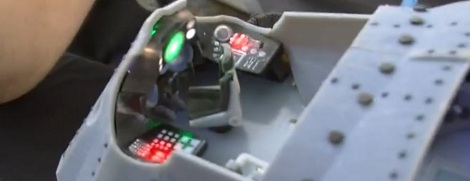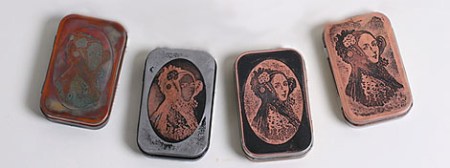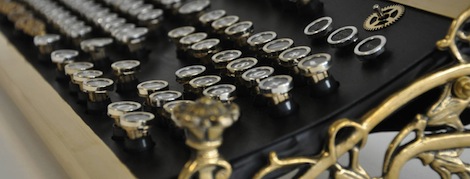
Making an octopus on a Reprap or Makerbot isn’t that terribly hard. There were dozens of these octopuses at nearly every Maker Faire booth with a 3D printer. These octopuses have almost become a right of passage for new owners of 3D printers, and serves as a wonderful reference object on par with the Utah teapot and the Stanford bunny.
[Sean Charlesworth] wasn’t happy with any old octopus; no, he had to build a better octopus, and what better way to do as such then to make a steampunk and [Jules Verne]-inspired model submarine?
[Sean]’s Octopod underwater salvage vehicle was almost entirely printed on a very expensive printer. Save for a few LEDs, electronics, and armature wire, the entire model sub/octopus was printed on an Objet 500 Connex printer.
The Objet is unique among most 3D printers in that it can print objects made of several types of materials. In [Sean]’s show and tell he showed me how the tentacles were made of a hard plastic material and a bendable rubber material. [Sean] put a piece of wire through the length of each tentacle so he could pose the Octopod in just about any way imaginable.
The hull of the Octopod is an amazing amount of work. The cockpit features miniature controls, an illuminated display for a very tiny pilot, and even moving parts that include a mechanical iris in the recovery bay, a winch that works, and even doors that open and close.
[Sean] put a bunch of glamour shots of the Octopod on his web site along with a few videos of the construction process. You can check those videos alongside my interview after the break.
Continue reading “Octopus Submarine Is Something Out Of [Jules Verne]’s Imagination”





















